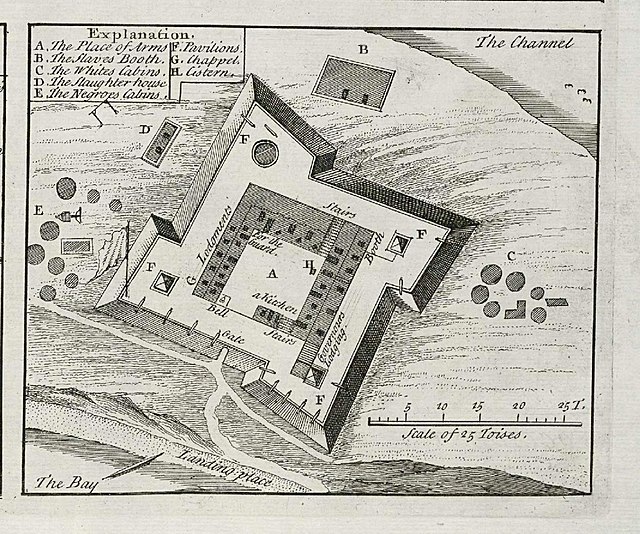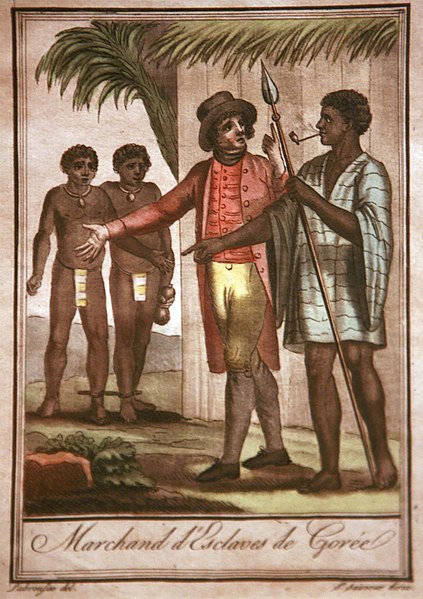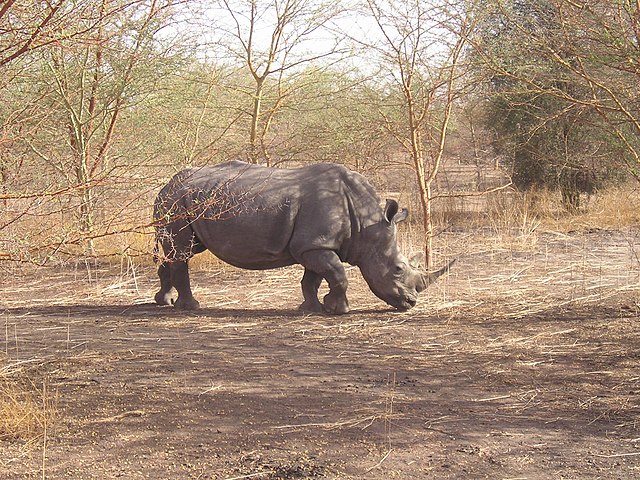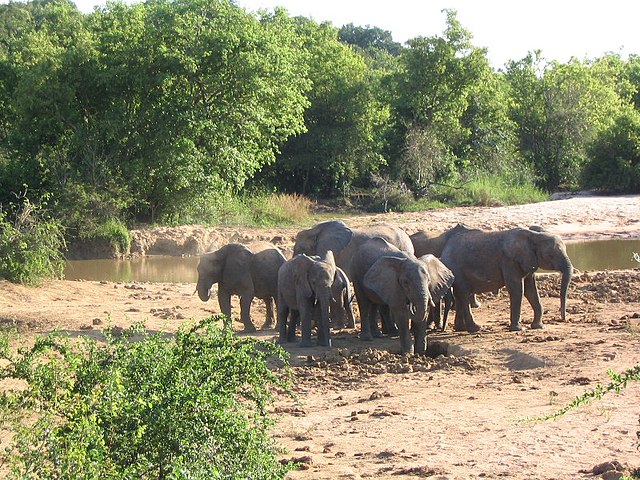Senegal, officially the Republic of Senegal, is the westernmost country in West Africa, situated on the Atlantic Ocean coastline. Senegal is bordered by Mauritania to the north, Mali to the east, Guinea to the southeast and Guinea-Bissau to the southwest. Senegal nearly surrounds The Gambia, a country occupying a narrow sliver of land along the banks of the Gambia River, which separates Senegal's southern region of Casamance from the rest of the country. Senegal also shares a maritime border with Cape Verde. Senegal's economic and political capital is Dakar.
The Portuguese Empire was the first European power to colonize Senegal, beginning with the arrival of Dinis Dias in 1444 at Gorée Island and ending in 1888, when the Portuguese gave Ziguinchor to the French.
French slave traders in Gorée, 18th century
Macky Sall, President of Senegal (2012–2024)
Abdoulaye Wade, President of Senegal (2000–2012)
West Africa or Western Africa is the westernmost region of Africa. The United Nations defines Western Africa as the 16 countries of Benin, Burkina Faso, Cape Verde, The Gambia, Ghana, Guinea, Guinea-Bissau, Ivory Coast, Liberia, Mali, Mauritania, Niger, Nigeria, Senegal, Sierra Leone, and Togo, as well as Saint Helena, Ascension and Tristan da Cunha. The population of West Africa is estimated at 419 million people as of 2021, and at 381,981,000 as of 2017, of which 189,672,000 were female and 192,309,000 male. The region is demographically and economically one of the fastest growing on the African continent.
A rhinoceros in Bandia Nature Reserve, Senegal
African bush elephants in Yankari National Park, Nigeria
Deforestation in Nigeria.
Satellite imagery from outer space of West Africa








